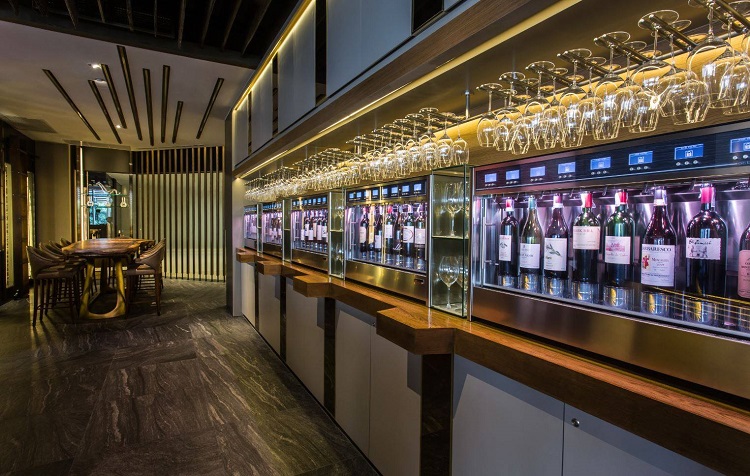
Photo by Wineemotion USA
Restaurant operators and wine lovers alike have been seeking an effective way to preserve open bottles of wine for as long as wine has been around.
A great bottle of wine with the right amount of complexity and the perfect bouquet is hard to find. Wanting to savor every last drop is totally reasonable. This desire has caused the wine industry to expand into wine preservation methods that aim to get that perfect bottle to last longer.
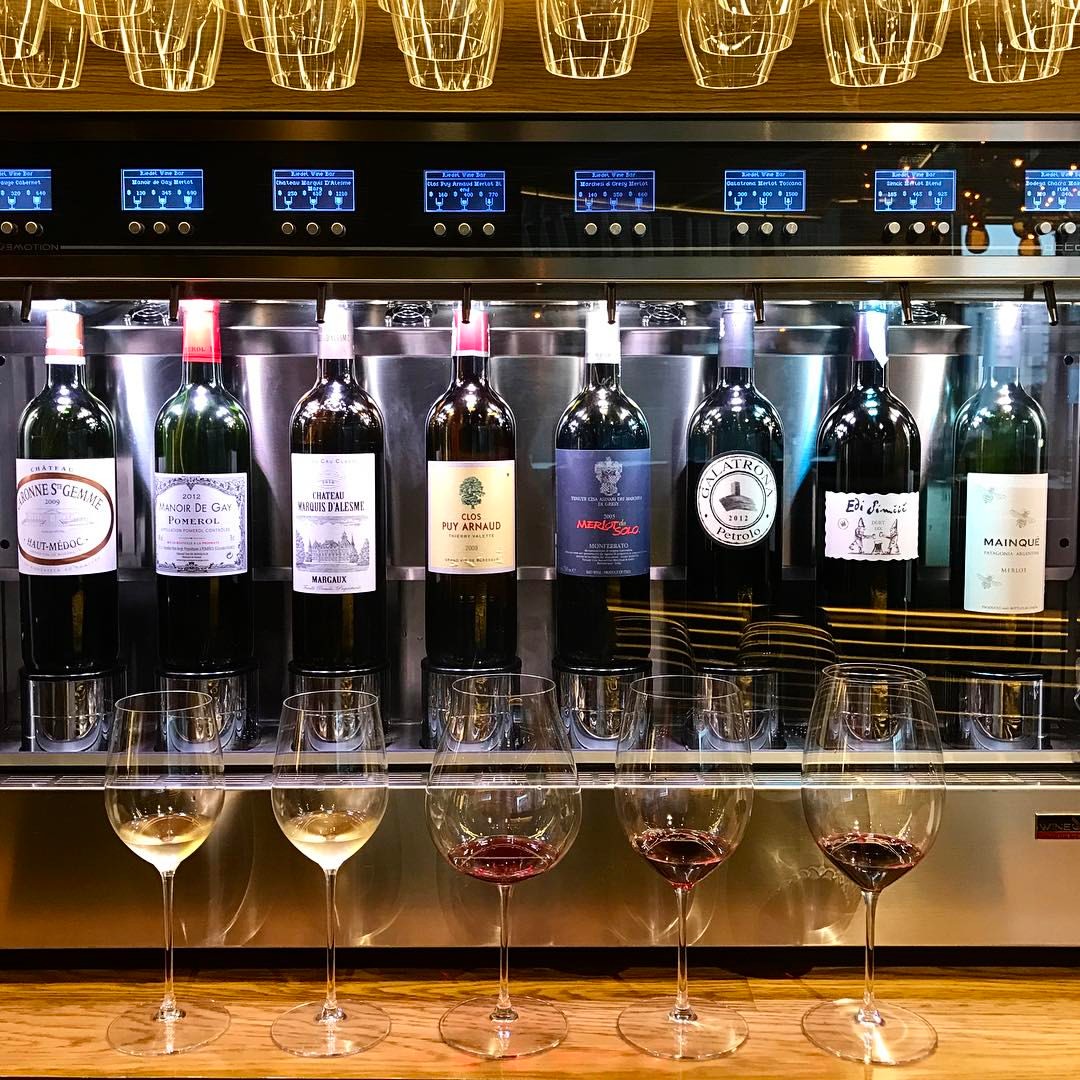
Photo by Wineemotion USA
Because wine is a natural product that is made from fermented fruit and hopefully not much more, wine goes bad rather quickly. This happens because of oxidation. Once that perfect bottle is opened, the wine – whether it’s red, white or rosé – comes into contact with oxygen that gets to work breaking down tannins and acids in the wine and changes the overall structure and flavor profile of the wine.
You might be thinking to yourself, “but then why do we allow wines to breathe?”
A small amount of oxidation is fine. You’ve seen wines in a decanter or wine being swirled masterfully in a glass to purposefully enable oxidation. Allowing wines to “breathe” in this way enables a slight degree of oxidation, which softens the harsh nature of some tannins and enables certain flavors and aromas to open up. This “breathing” results in a better overall experience.
However, when we say small amount, we mean small amount. There is a fine line between improving the experience and flattening the wine entirely.
Typically, that fine line hovers around just a few hours. Beyond that, the same process that enhances the wine will render it almost undrinkable.
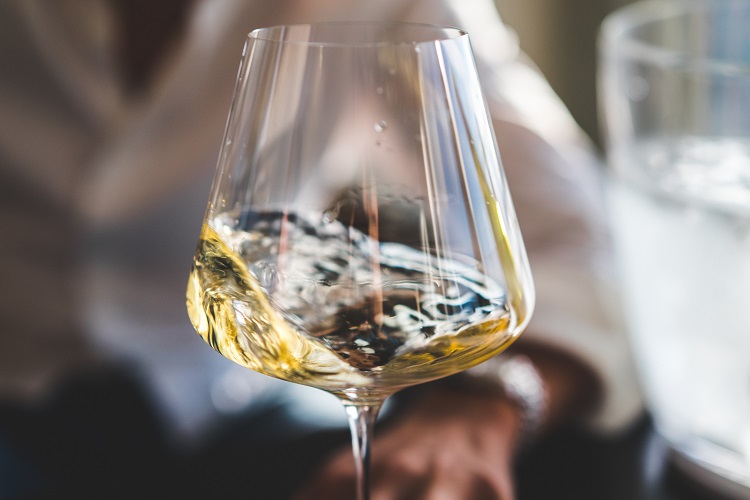
Photo by Big Dodzy on Unsplash
Wine enthusiasts and those in the wine industry have been delighted by the news that finally several real options exist to extend the life of unfinished bottles of wine.
Now, you can serve that bottle of wine for days and even weeks – yes, weeks! - after opening it. This news is revolutionizing a solution that was recently limited to the stopper and inflatable corks.
Today, the wine industry is providing solutions that rely on sophisticated chemistry to extend the life of your favorite wine.
One such solution is argon gas.
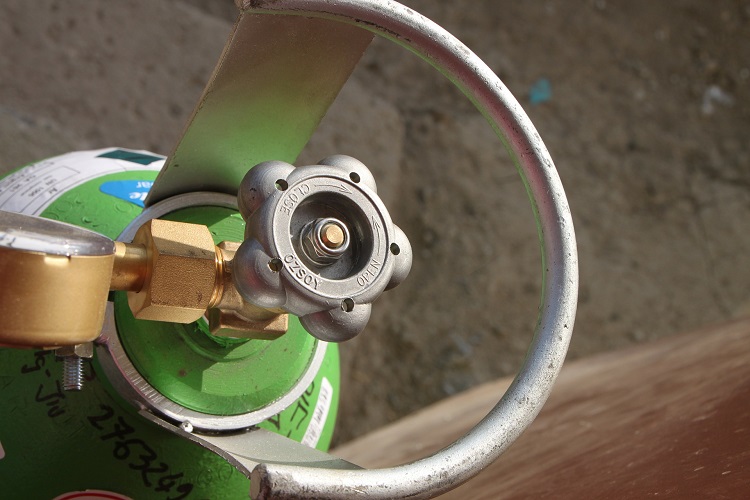
Photo by Emilian Robert Vicol on Pixabay
Argon is an inert gas that has many industrial uses, one of which is preserving organic materials like wine. Argon gas is often used when an inert atmosphere is needed to blanket wine or flush or purge tanks.
Because argon is heavier than oxygen, it acts as a protective layer for wine. Argon gas prevents the oxygen, which is very reactive, from coming into contact with the wine and causing the acidic, Sherry-like flavors associated with oxidation.
Nitrogen can also serve a similar function.
Both argon and nitrogen are inert gases and both can be used for blanketing wine as well as for flushing out and purging your tanks. But there are some important differences:
Nitrogen has been the more common gas used to blanket and protect the foods we eat and the beverages we drink. But winemakers generally prefer Argon for blanketing wine tanks and barrels, according to a study conducted by Purity Plus.
Using argon to purge the head space in any type of wine container, removes oxygen by elevating it out of the container. The displacement of oxygen allows wine to be properly aged or stored safely for long periods of time.
When the company surveyed 150 wine-producing customers, what the customers said they liked most about using Argon is:
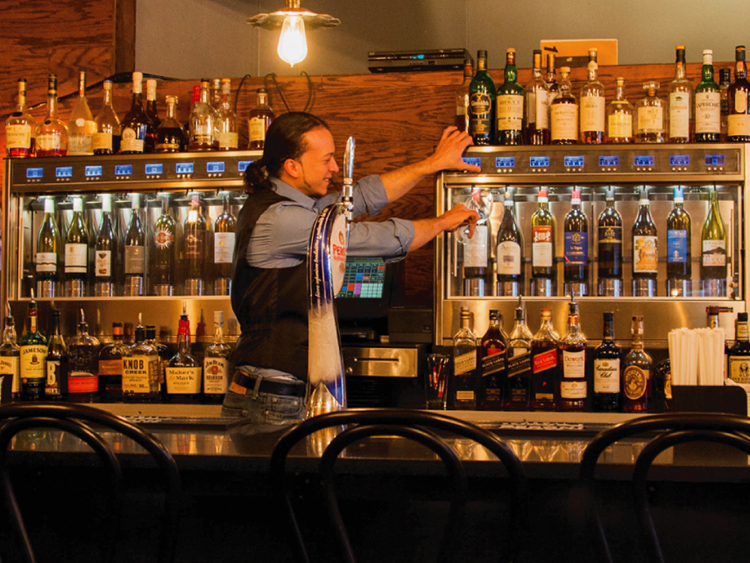
Photo by Wineemotion USA
Argon is used in the beverage industry to displace oxygen. That little burst when a cork comes off the bottle of wine is created by argon. Any area of a wine bottle or a barrel that is not filled with liquid is occupied by some form of inert gas to lock in freshness during storage. A drop of the inert gas is placed in the headspace before sealing the bottle, thereby displacing the oxygen.
Argon based wine dispensers, such as those produced by Wineemotion®, include a simple and effective mechanism, which fills the remainder of your wine container with a pure atmosphere of Argon. The Argon displaces Oxygen and protects the wine by settling like a protective blanket over the surface of the wine, ensuring that no further oxidation occurs.
Wineemotion wine dispensers are automated and temperature-controlled. They are used to serve and preserve wines at the perfect temperature. Wine dispensers can hold multiple bottles of wine within one system, and offer different pour control settings. Wine dispensers are most commonly used in restaurants, bars, wineries, lounges, clubs and tasting rooms to prevent spoilage and waste when selling wine by the glass. With software, wine dispensers can also be used by customers directly using smart cards.
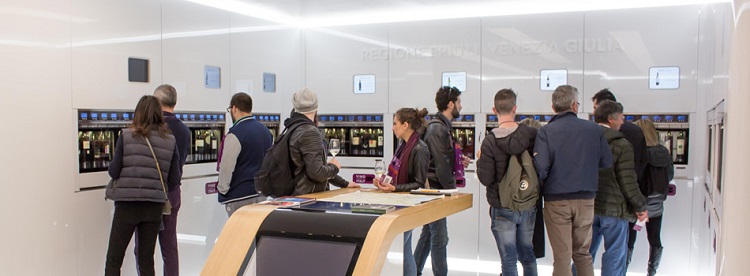
Photo by Wineemotion USA
Through the use of argon or nitrogen gas, wine dispensers preserve wine for 30+ days and can serve wine by the glass in three precise volumes. Generally, the portions are set by the taste, half glass, and full glass.
The main goal of the Wineemotion® dispenser is to increase profits while minimizing losses. The dispenser: